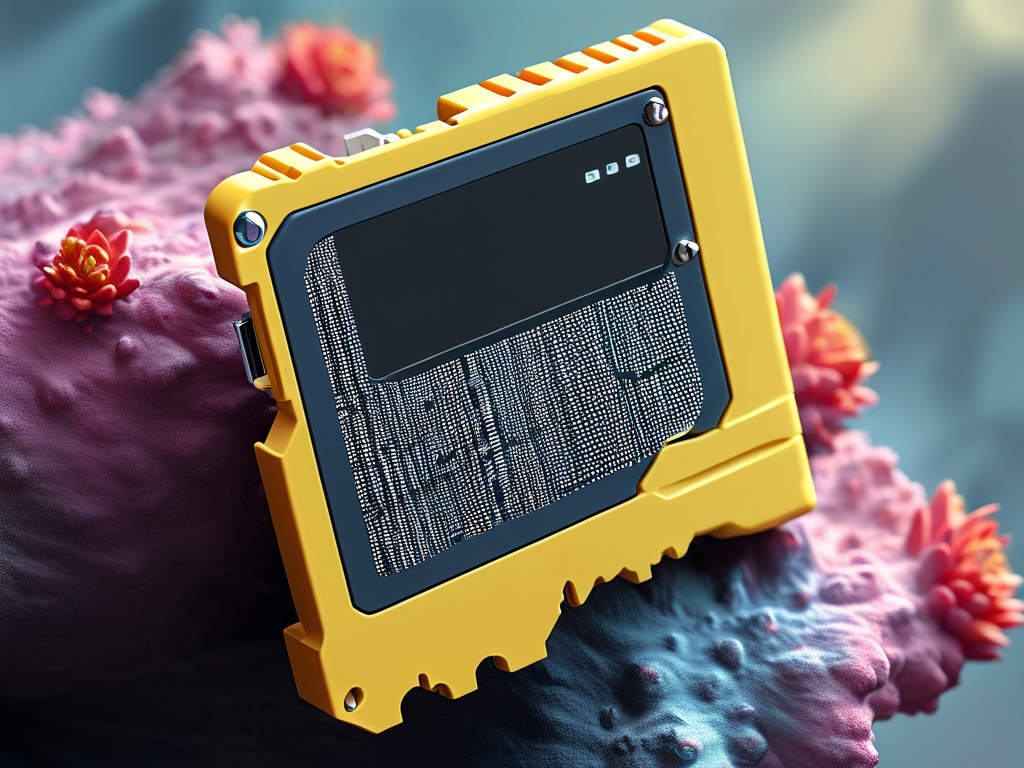Upgrading your computer's RAM (Random Access Memory) is one of the most effective ways to boost performance, whether you're tackling resource-heavy tasks like video editing or simply speeding up everyday multitasking. While the process may seem intimidating at first, installing RAM requires minimal tools and technical expertise. This guide walks you through the essential steps while highlighting common pitfalls to avoid.

Understanding RAM Compatibility
Before purchasing new RAM modules, verify compatibility with your system. Check your motherboard’s specifications for supported RAM types (e.g., DDR4 or DDR5), maximum capacity, and speed limits. For laptops, consult the manufacturer’s documentation, as many models have non-upgradeable soldered memory. Use tools like CPU-Z or Crucial’s System Scanner to identify current RAM details and compatible upgrades.
Tools and Safety Precautions
You’ll need a Phillips-head screwdriver (for desktop towers), an anti-static wrist strap, and a clean workspace. Always power off the device and unplug it from the electrical outlet. For laptops, remove the battery if possible. Ground yourself by touching a metal surface to discharge static electricity, which can damage sensitive components.
Installing RAM in a Desktop Computer
- Access the Motherboard: Open the computer case by removing the side panel. Locate the RAM slots—usually positioned near the CPU cooler. Most motherboards have two to four slots, often color-coded to indicate dual-channel configurations.
- Release Retention Clips: Gently push down on the plastic clips at both ends of an empty RAM slot to open it.
- Align the Module: Note the notch on the bottom edge of the RAM stick, which ensures proper orientation. Match it with the slot’s divider.
- Seat the RAM: Firmly press the module into the slot at a 45-degree angle until the clips snap into place automatically. Avoid forcing the RAM; if resistance occurs, realign the module.
- Repeat for Additional Modules: If installing multiple sticks, prioritize slots recommended by your motherboard manual for optimal performance (e.g., Slot 1 and Slot 3 for dual-channel setups).
Upgrading Laptop RAM
- Access the Memory Compartment: Turn the laptop upside down and unscrew the panel covering the RAM bay. Some ultrabooks require full disassembly—refer to the service manual.
- Remove Existing Modules (if replacing): Spread the metal retention arms outward to release the old RAM, then slide it out at a 30-degree angle.
- Insert New RAM: Align the notch and slide the module into the slot at an angle before pressing it flat until it clicks.
Post-Installation Verification
Reassemble the device and power it on. Enter the BIOS/UEFI by pressing Delete/F2 during startup (varies by manufacturer) to confirm the system recognizes the new RAM capacity. In Windows, open Task Manager (Ctrl+Shift+Esc) and check the “Performance” tab. For Linux, use the command sudo dmidecode --type memory in the terminal.
Troubleshooting Common Issues
- No Boot/Beep Codes: Reseat the RAM modules and ensure they’re fully inserted. Test individual sticks in different slots to identify faulty hardware.
- Capacity Not Recognized: Update the motherboard BIOS, as older firmware may lack support for newer RAM models.
- Performance Drops: Enable XMP/DOCP profiles in BIOS to unlock advertised speeds if your RAM runs at base frequency.
Pro Tips for Advanced Users
- Mixing RAM brands or speeds can work but often results in the system defaulting to the lowest common denominator.
- For gaming or content creation, prioritize capacity (16GB+) over extreme speeds unless using integrated graphics.
- Clean RAM contacts with isopropyl alcohol if modules exhibit intermittent detection issues.
By following these guidelines, even first-time builders can confidently upgrade their system’s memory. Regular RAM maintenance, such as dusting slots with compressed air, ensures long-term reliability. Remember: patience and attention to detail trump rushing through the process.









